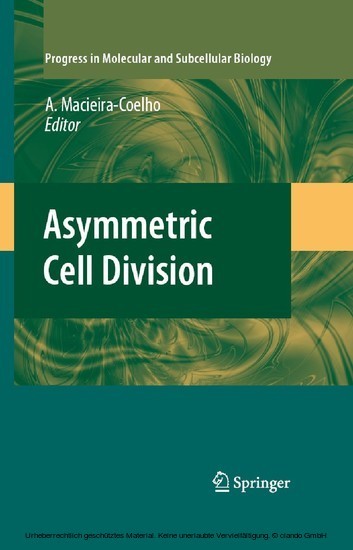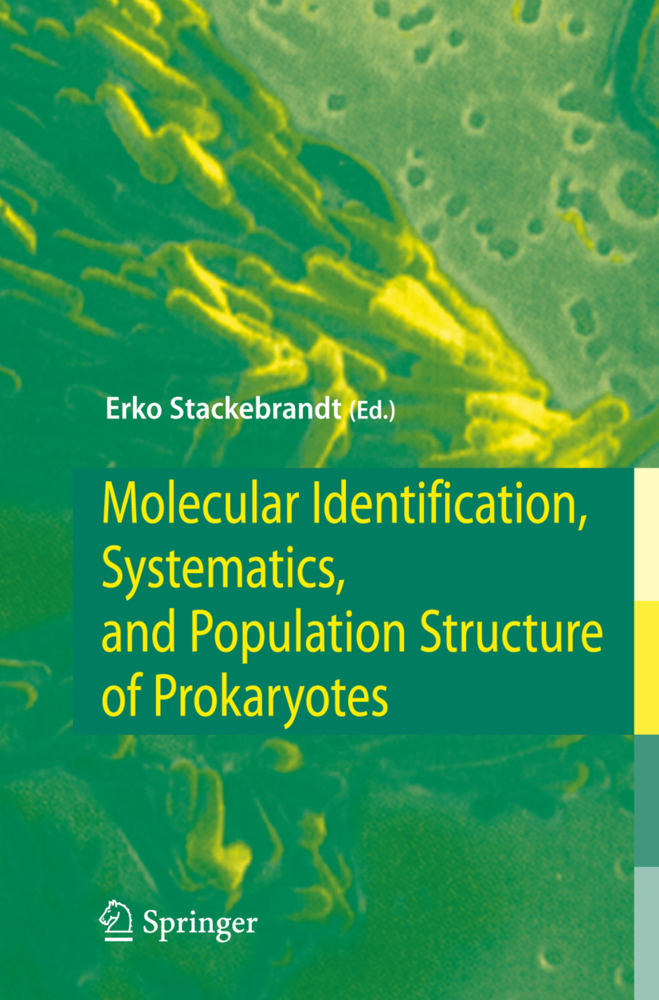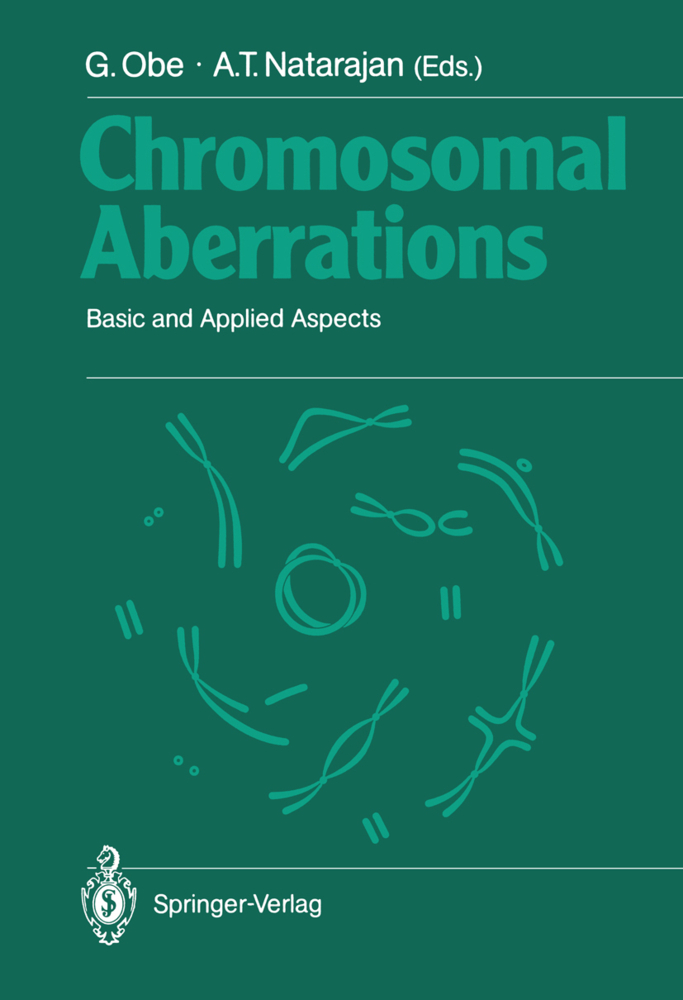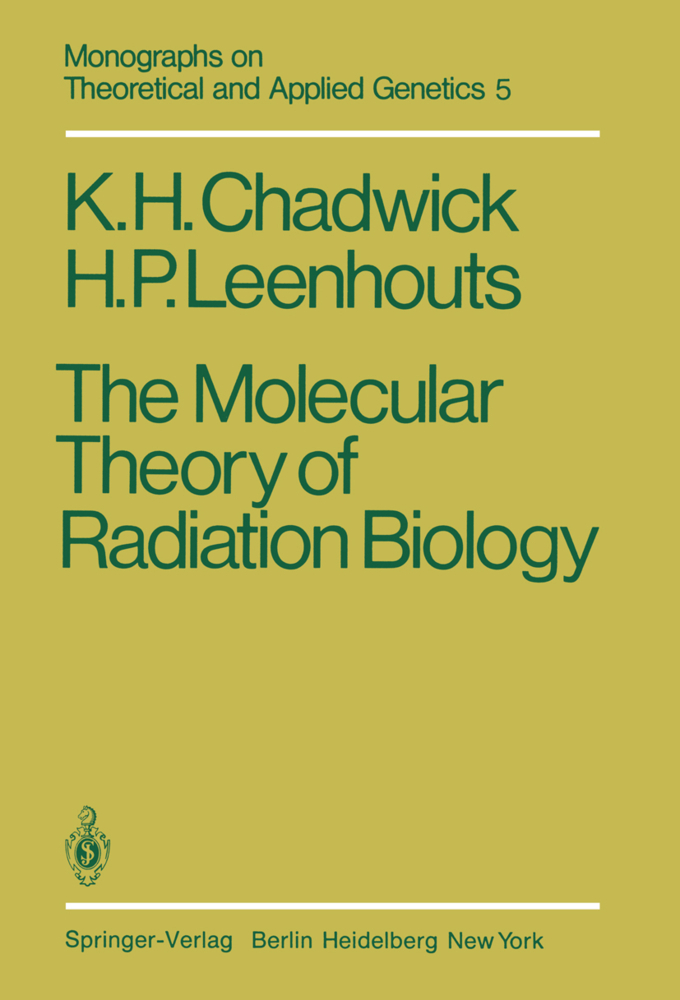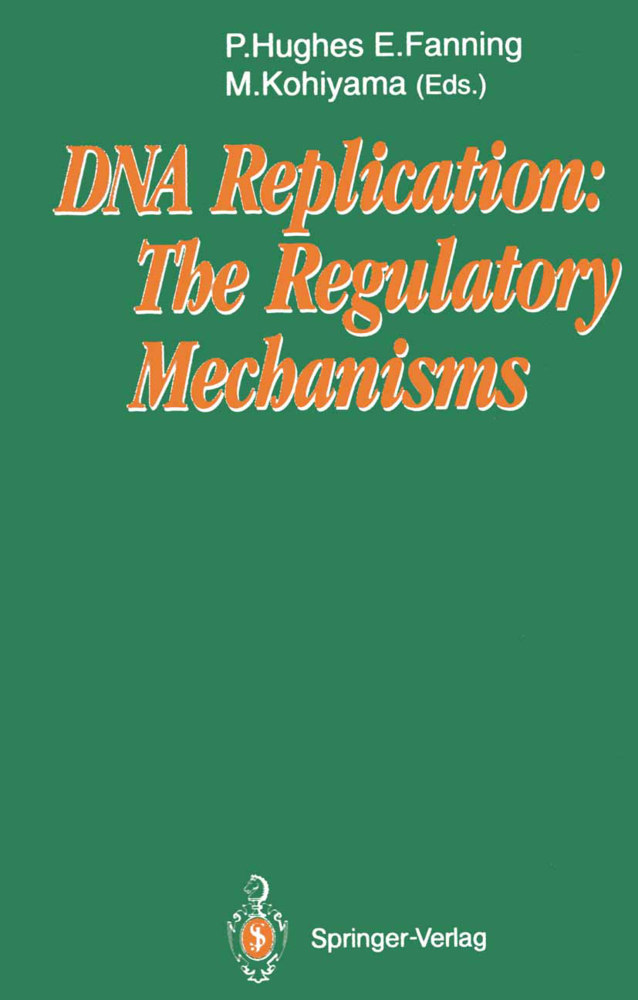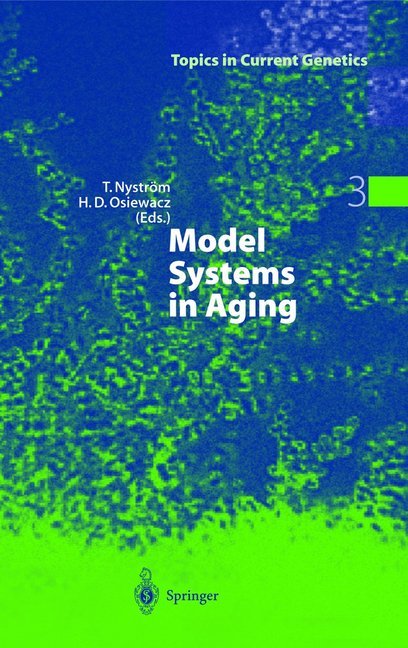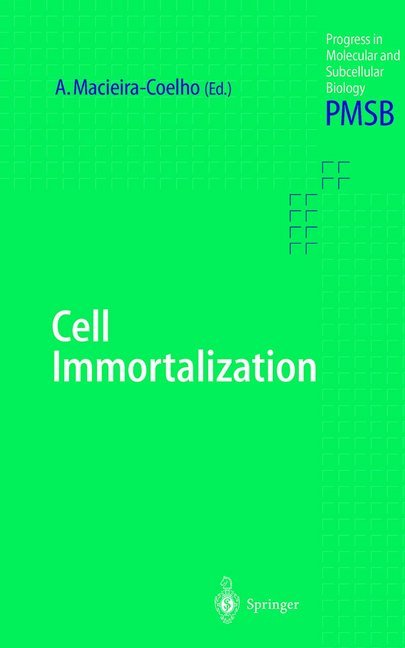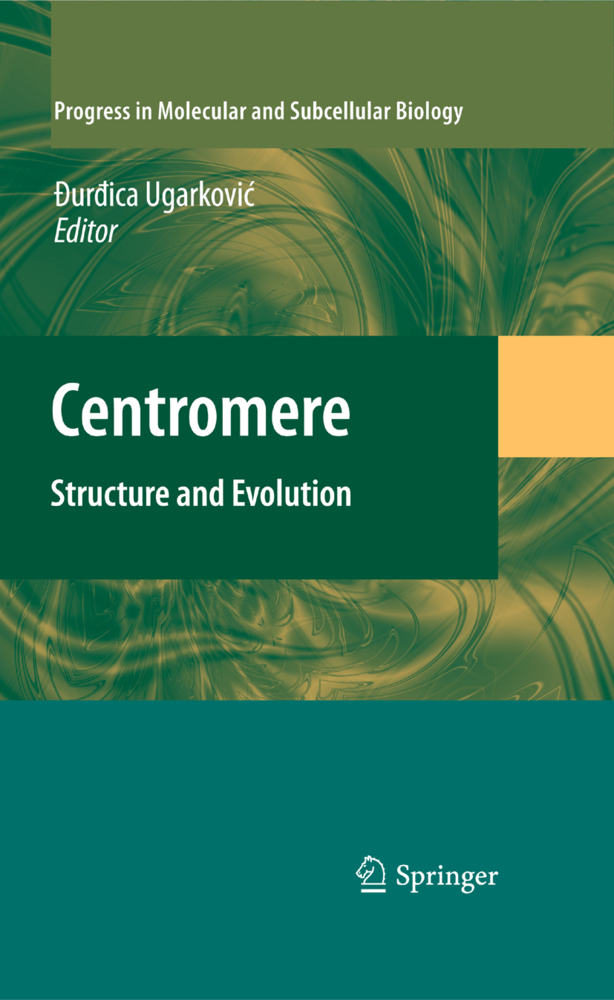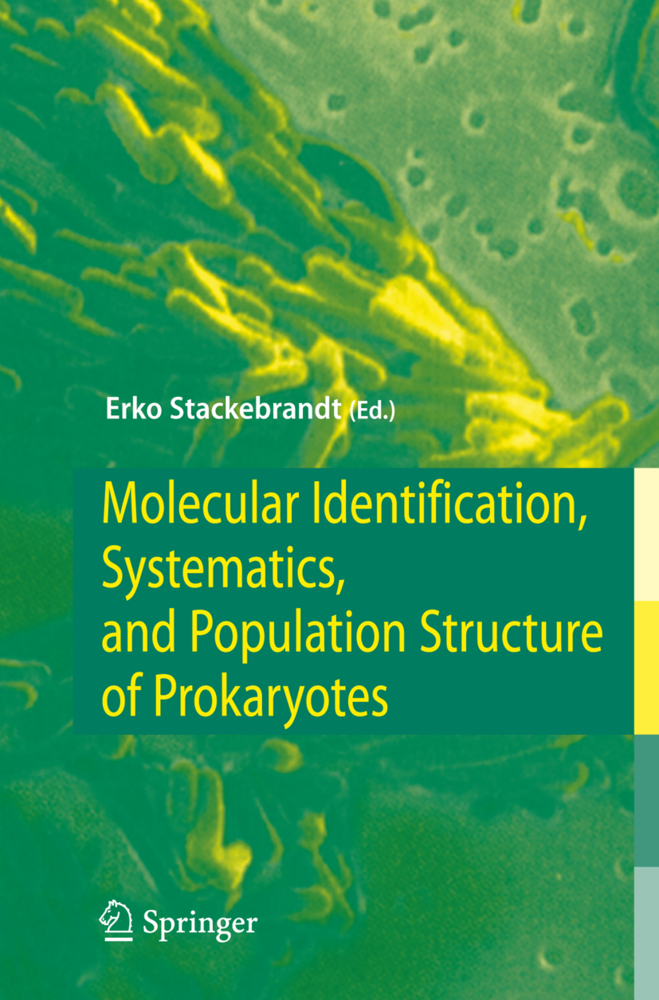Cell biologists have recently become aware that the asymmetry of cell division is an important regulatory phenomenon in the fate of a cell. During development, cell diversity originates through asymmetry; in the adult organism asymmetric divisions regulate the stem cell reservoir and are a source of the drift that contributes to the aging of organisms with renewable cell compartments. Because of the concept of semi-conservative DNA synthesis, it was thought that the distribution of DNA between daughter cells was symmetric. The analysis of the phenomenon in cells during mitosis, however, revealed the asymmetry in the distribution of the genetic material that creates the drift contributing to aging of mammals. On the other hand, cancer cells can originate from a deregulation of asymmetry during mitosis in particular during stem cell expansion. The book describes the phenomenon in different organisms from plants to animals and addresses its implications for the development of the organism, cell differentiation, human aging and the biology of cancers.
Asymmetric Cell Divisions in the Early Embryo of the Leech Helobdella robusta
Cell Division During Brain Morphogenesis
Generating Asymmetry: With and Without Self-Renewal
Cell Commitment by Asymmetric Division and Immune System Involvement
Asymmetric Stem Cell Division in Development and Cancer
Asymmetric Distribution of DNA Between Daughter Cells with Final Symmetry Breaking During Aging of Human Fibroblasts.
Asymmetric Cell Division in Plant Development. - Asymmetric Cell Division How Flowering Plant Cells Get Their Unique Identity
Symmetry Breaking in Stem Cells of the Basal Metazoan HydraAsymmetric Cell Divisions in the Early Embryo of the Leech Helobdella robusta
Cell Division During Brain Morphogenesis
Generating Asymmetry: With and Without Self-Renewal
Cell Commitment by Asymmetric Division and Immune System Involvement
Asymmetric Stem Cell Division in Development and Cancer
Asymmetric Distribution of DNA Between Daughter Cells with Final Symmetry Breaking During Aging of Human Fibroblasts.
Macieira-Coelho, Alvaro
| ISBN | 9783540691617 |
|---|---|
| Artikelnummer | 9783540691617 |
| Medientyp | E-Book - PDF |
| Copyrightjahr | 2007 |
| Verlag | Springer-Verlag |
| Umfang | 248 Seiten |
| Sprache | Englisch |
| Kopierschutz | Digitales Wasserzeichen |

